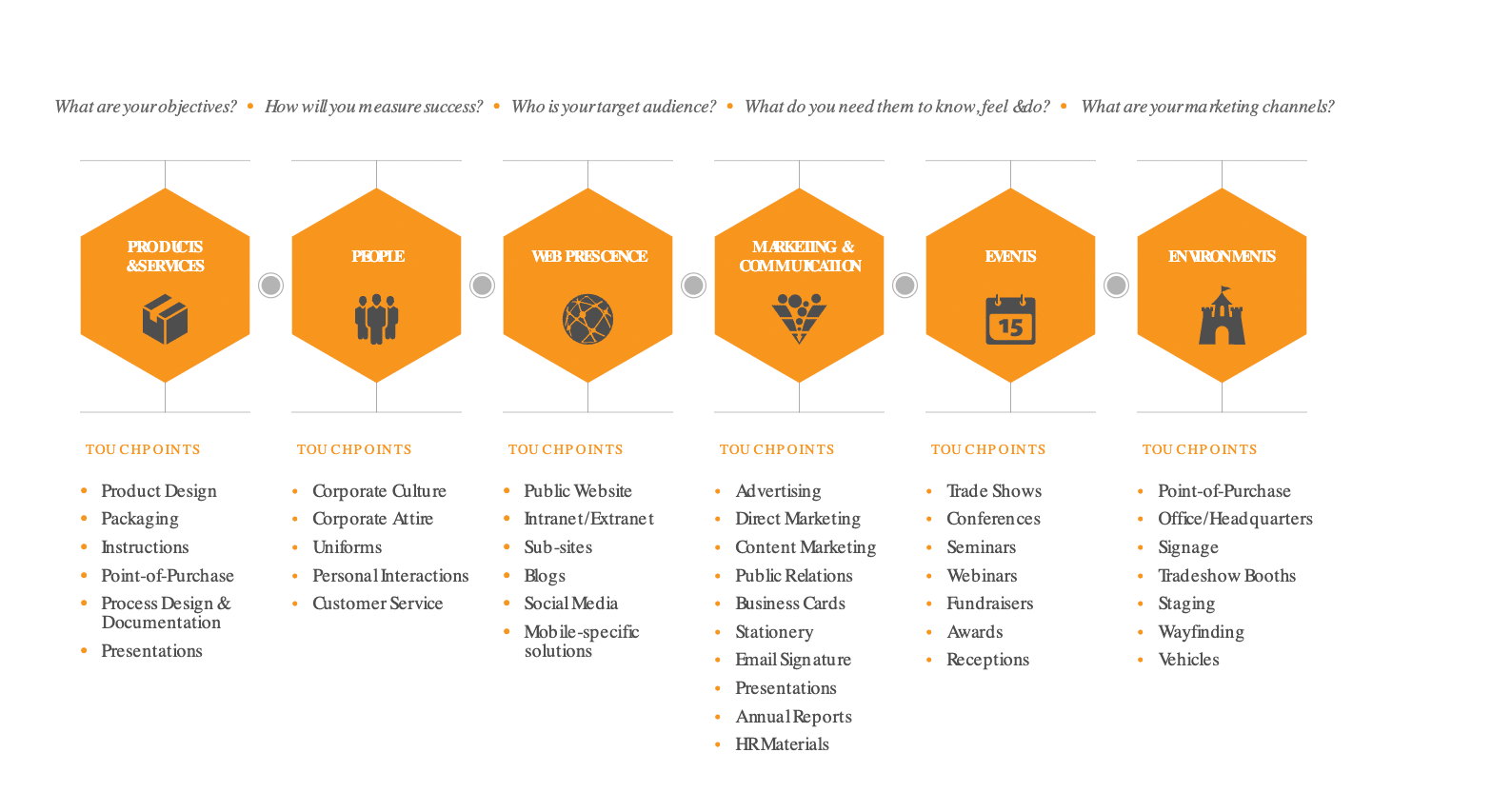STRONG BRANDS require numerous interlocking elements operating in concert. The Alliant Brand Structure ChartTM illustrates our holistic approach to constructing, organizing, & maintaining brands.
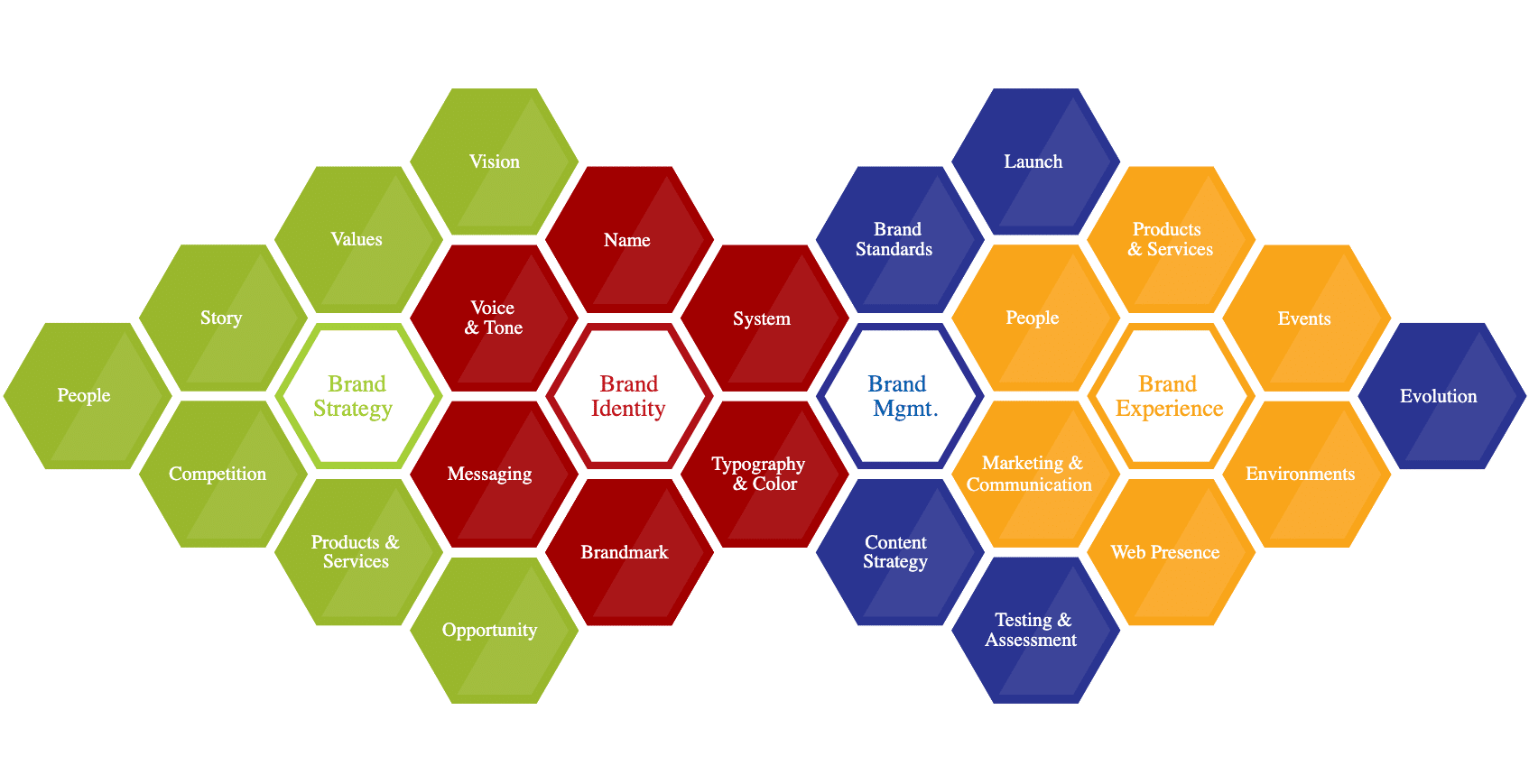
STRONG BRANDS require numerous interlocking elements operating in concert. The Alliant Brand Structure ChartTM illustrates our holistic approach to constructing, organizing, & maintaining brands.

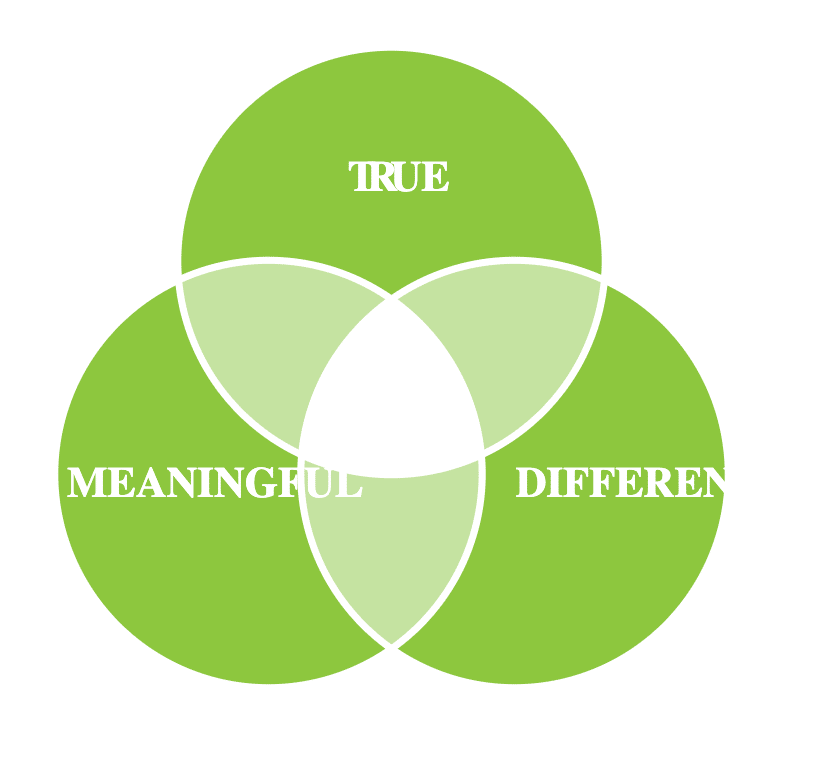
Strong Brands are built on truth. Sounds simple enough, but the truth is easier to promise than delivered. It is always a temptation to build a brand around something you want to be true rather than what actually is. Strong Brands are not about manipulating people with empty promises; Strong Brands mine truth and draw it to the surface.
Strong Brands capitalize on an external source of energy—like a surfer catching a wave or a sailor setting her sail to the wind—Strong Brands harness a passion that unites stakeholders around a common purpose beyond mere profit. In a word, Strong Brands are meaningful.
Strong Brands are radically different from the surrounding market. “When everyone else zigs, zag” The real competition of any brand is clutter—market clutter, message clutter, product clutter, feature clutter—there are too many data points competing for our attention. Strong Brands cut through the clutter by radically differentiating themselves and thereby owning a category in people’s minds.
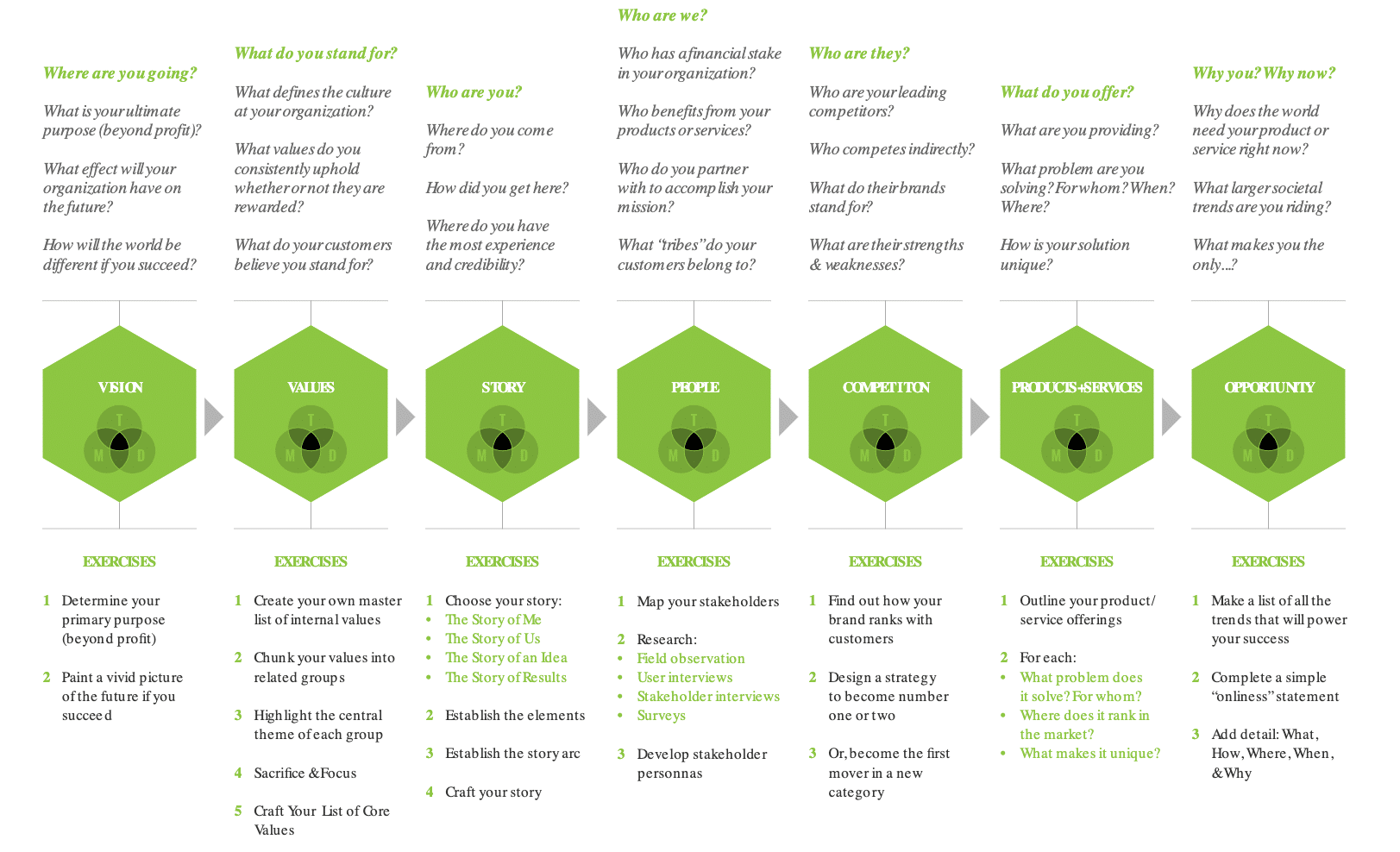
“Symbols are vessels for meaning. They become more powerful with frequent use and when people understand what they stand for … They are the fastest form of communication known to man.” — Alina Wheeler
While a brand itself is intangible, brand identity involves creating tangible symbols to represent what is otherwise ethereal.
“Actively managing the [brand] requires a top-down mandate and a bottom-up understanding of why it’s important. The best companies provide their employees with tools that make it easy to be a brand champion. Building, protecting, and enhancing the brand requires desire and a disciplined approach to insure its integrity and relevance.” — Alina Wheeler
If it is true that brands can establish and build equity, then that equity must be managed & protected.
Brand Management typically involves creating and enforcing standards (both visual & verbal) for the primary brand, as well as managing extensions of that brand as organizations inevitably attempt to leverage their brand equity in new products, services, or initiatives.
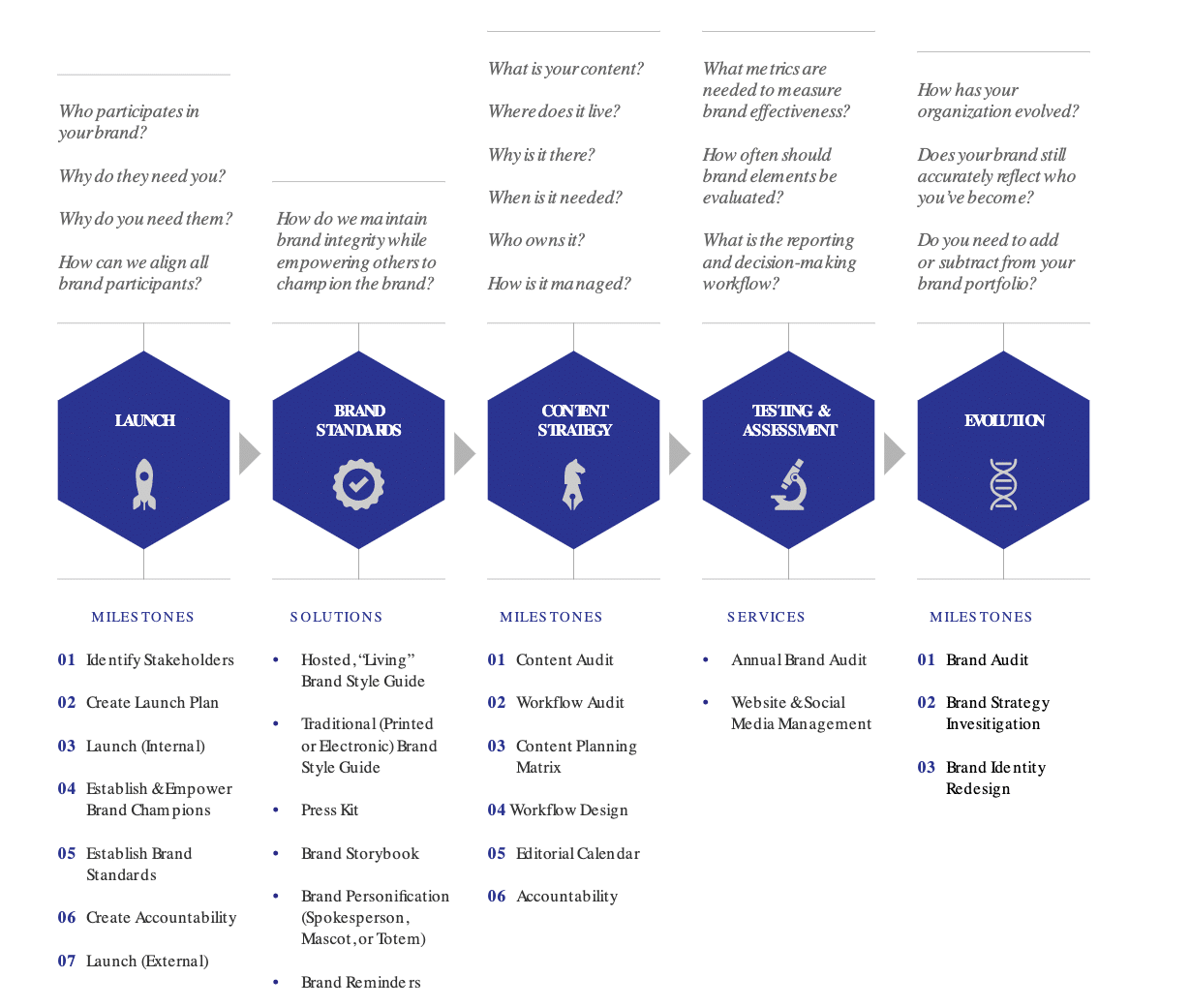
Everything you produce, publish, provide, speak, or wear is a touchpoint that will either reinforce or undermine your brand. And yet, you will never be able to control every potential brand touchpoint. That is true of established brands like Apple, Nike, or Disney, and it is especially true of developing brands. Let that sink in: you cannot control everything.
That simple realization should free you from the otherwise inevitable paralysis that comes from sizing up the Herculean task of conforming all your brand touchpoints to a common brand standard. But you should begin somewhere. Brand experience design involves evaluating which specific brand touchpoints are strategically critical in your sales funnel (or overall business goals) and designing those critical touchpoints to conform to your overall brand strategy. As your central touchpoints begin to successfully reinforce your overall brand message, you can progressively work outward.
